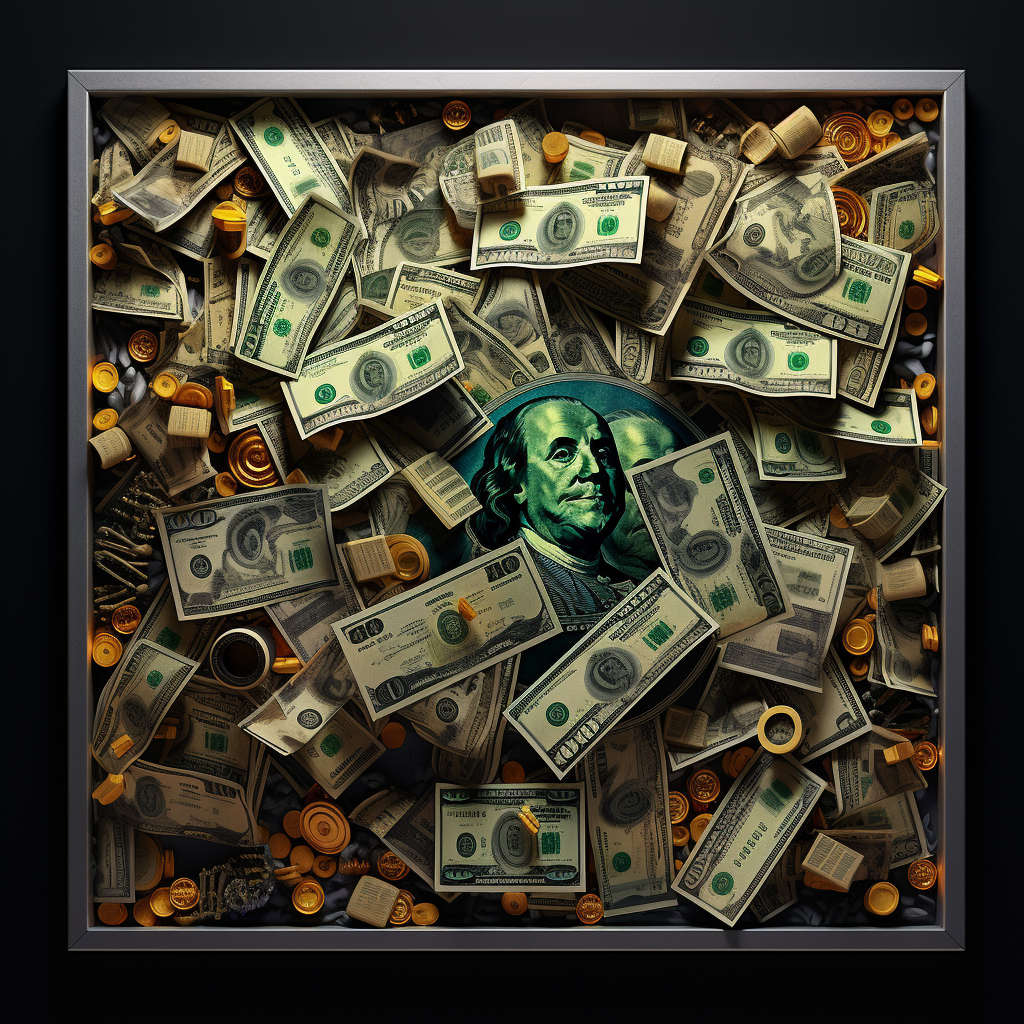Understanding Ordinal Theory
Imagine you wanted to track every individual penny in a dollar. Now, apply that to Bitcoin. That’s what Ordinal Theory does with “satoshis”, the smallest unit of Bitcoin. It gives every satoshi its unique number, based on when it was created. And just like how we spend pennies, these satoshis can be transferred. We call these unique numbers “ordinal numbers”.
Did You Know?
Ordinal Theory doesn’t need any new changes or additions to Bitcoin. It’s ready to use now!
It’s all open-source and you can find all the project details on GitHub.
Satoshis have different ways they can be represented:
Integer notation: This is just the unique number assigned to the satoshi based on when it was created.
Decimal notation: The first part tells us when the satoshi was made, and the second part is its position within that time frame.
Degree notation: It looks confusing but bear with us! It helps show the rarity of a satoshi.
Percentile notation: This is just a fancy way of showing the satoshi’s place in the entire Bitcoin supply.
Name: Every satoshi gets a unique name using letters a-z.
What’s cool is that with ordinal numbers, other digital items like NFTs or even digital coins can be attached to satoshis.
Why Are Satoshis Special?
Humans love to collect things! Now that we can track every satoshi, some might become valuable. Think of it like collecting rare stamps or coins. Bitcoin has events that can make certain satoshis rare:
Blocks: Think of these as pages in a book. Every 10 minutes, a new page is added.
Difficulty adjustments: Every two weeks, Bitcoin adjusts its complexity.
Halvings: Every four years, the number of new satoshis created gets cut in half.
Cycles: Every 24 years, a halving coincides with a difficulty adjustment. It’s like a rare astronomical event!
Satoshis can be ranked based on rarity:
Common: Any regular satoshi.
Uncommon: The very first satoshi of a new block.
Rare: The first satoshi when Bitcoin adjusts its complexity.
Epic: The first satoshi when the number of new satoshis is halved.
Legendary: The first satoshi of the rare astronomical event.
Mythic: The very first satoshi ever made.
The degree notation can tell us a satoshi’s rarity in a snapshot. And yes, just like baseball cards, certain satoshis can be rarer and more in demand.
Exotic Satoshis
Some satoshis might be wanted for reasons beyond rarity. Maybe they’re linked to a big event in Bitcoin’s history, or they have a unique mathematical quality. These special satoshis are termed “exotic”.
Digital Artifacts
You can leave a digital “note” on a satoshi. This turns it into a digital artifact. Think of it as engraving a special coin. The note stays with the satoshi forever, making it an exciting piece of history.
NFT Archaeology
Just as archaeologists dig up ancient artifacts, there’s a community that looks for old NFTs. The history of ordinals dates back to the start of Bitcoin. Some believe that ordinals were always a hidden part of Bitcoin’s design. In essence, every ordinal carries a piece of Bitcoin’s long history.



0 Comments